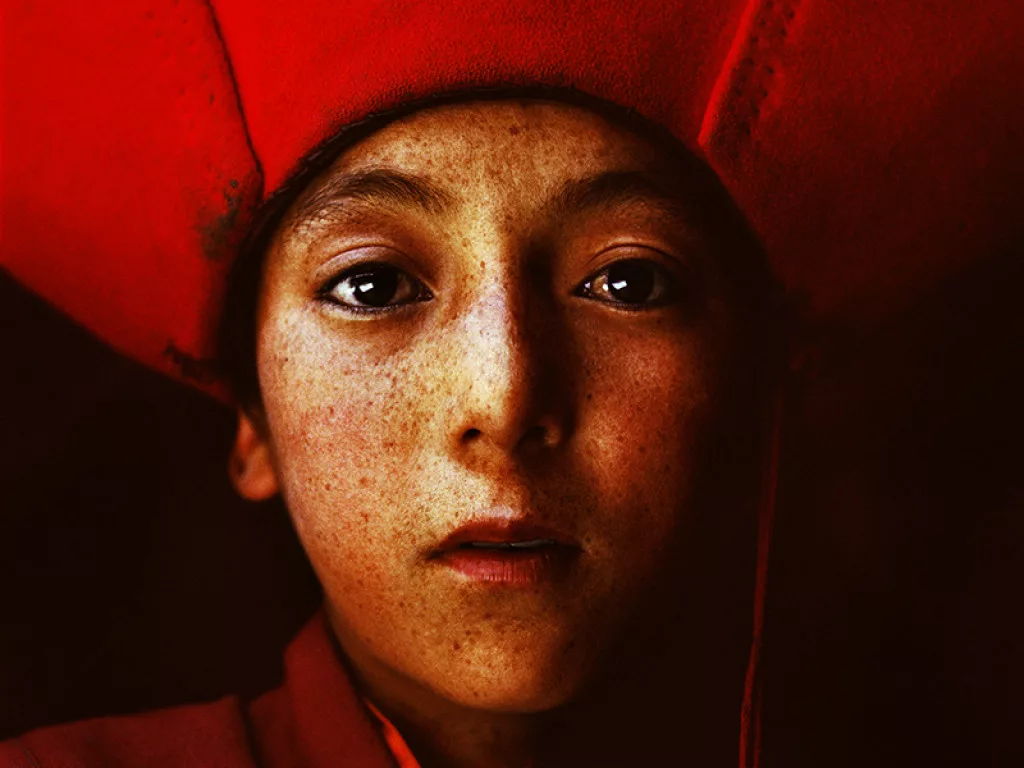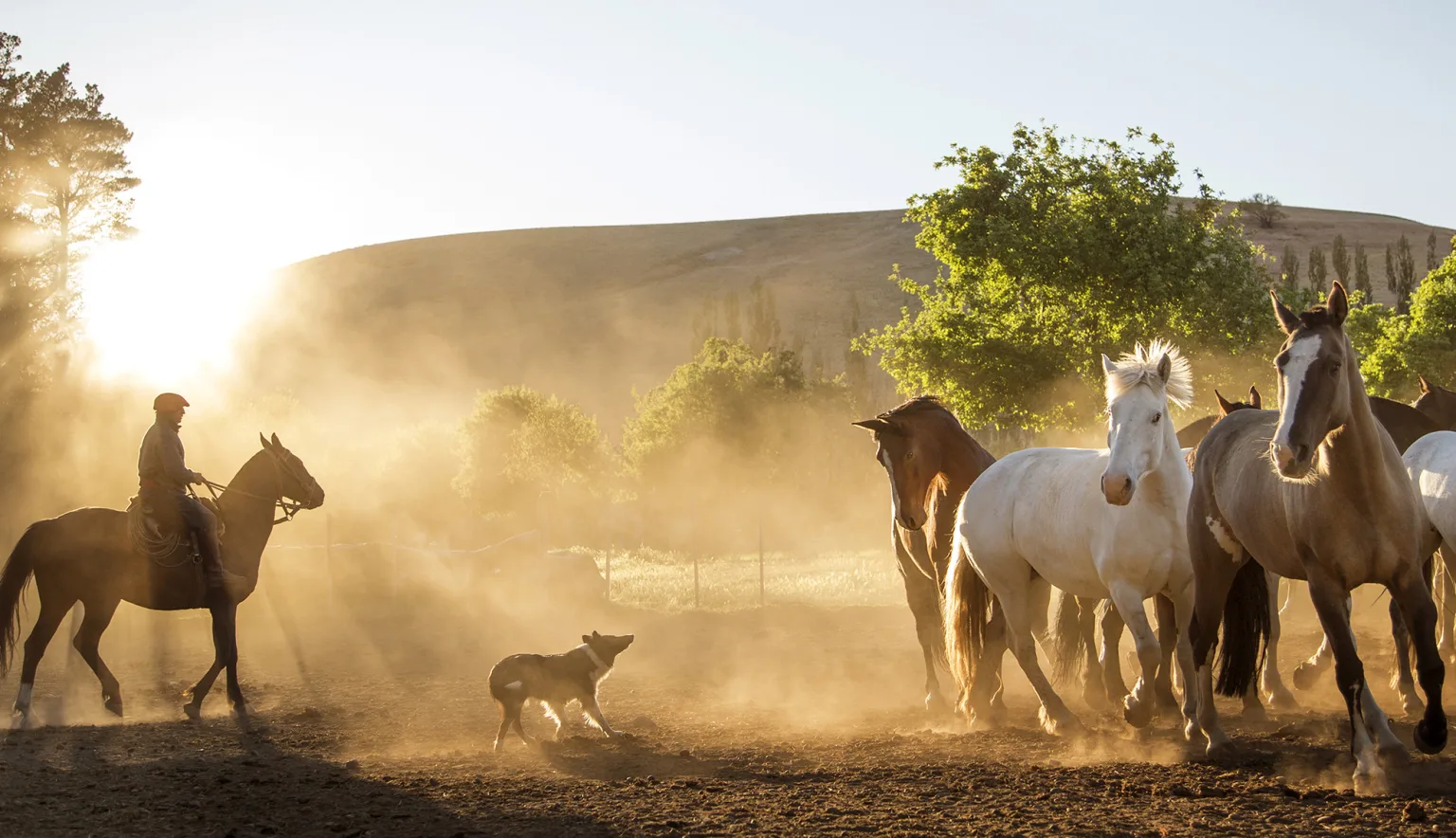Having photographed every continent on Earth, we take a deep dive into the evocative work of Philip Lee Harvey.
- Q&A WITH PHILIP LEE HARVEY
- Can you give us an insight into your career and how you first became interested in photography?
- How would you describe your style of photography?
- What is one of your accomplishments as a photographer that you are most proud of?
- What do you find most exciting about your field of work?
- Having visited every continent on Earth, what have been some of your favourite places to capture?
- HOW I GOT THIS PHOTO
- CONNECT WITH PHILIP LEE HARVEY
For Philip Lee Harvey, there is no such singular thing as a ‘travel photographer’, since this is a role that demands every style of photography – whether landscape, wildlife, interiors, or portrait. Having photographed on every continent on Earth, it is this multi-faceted element that continues to hold him to the profession.
Across his work, a personal aspect prevails, with images that endeavour to capture the spirit of those he photographs, and the very soul of a destination. Harvey combines a painterly aesthetic, centred on dramatic manipulations of light and dark, with a powerful yet minimal colour palette. His work seeks to evoke a response, posing questions to the viewer so that their own imagination might complete the full image.
His work has been featured in The Telegraph, Travel + Leisure, Lonely Planet magazine, Vanity Fair, Tatler, GEO and Condé Nast Traveller magazine, with a multitude of accolades to his name. We catch up with Harvey to delve into the life of a travelling photographer and explore the images that have defined his career thus far.
Q&A WITH PHILIP LEE HARVEY
Can you give us an insight into your career and how you first became interested in photography?
Philip Lee Harvey (PLH): I always knew that I wanted to be a photographer first and foremost. The travel part came later, when I had already been to college and worked as an assistant, and I knew that I wanted to be a location photographer.
Sometimes you get labelled as a travel photographer, but there’s a lot more to it than that. I knew that I loved adventure, I wanted to be outside and that I wanted to find a way to bring all of my interests, like the history of photography and of exploration, together, and see if I could make a career out of it.
My first travel adventures with cameras were done in my early twenties, and I always treated them as if they were a job. The first place I ever went was Bali, then onto Java, and I took an assistant and a guide with me to shoot on medium format. I tried to make it as professional as I could, since I knew that I didn’t just want it to be a gap year, but more of a gap career.
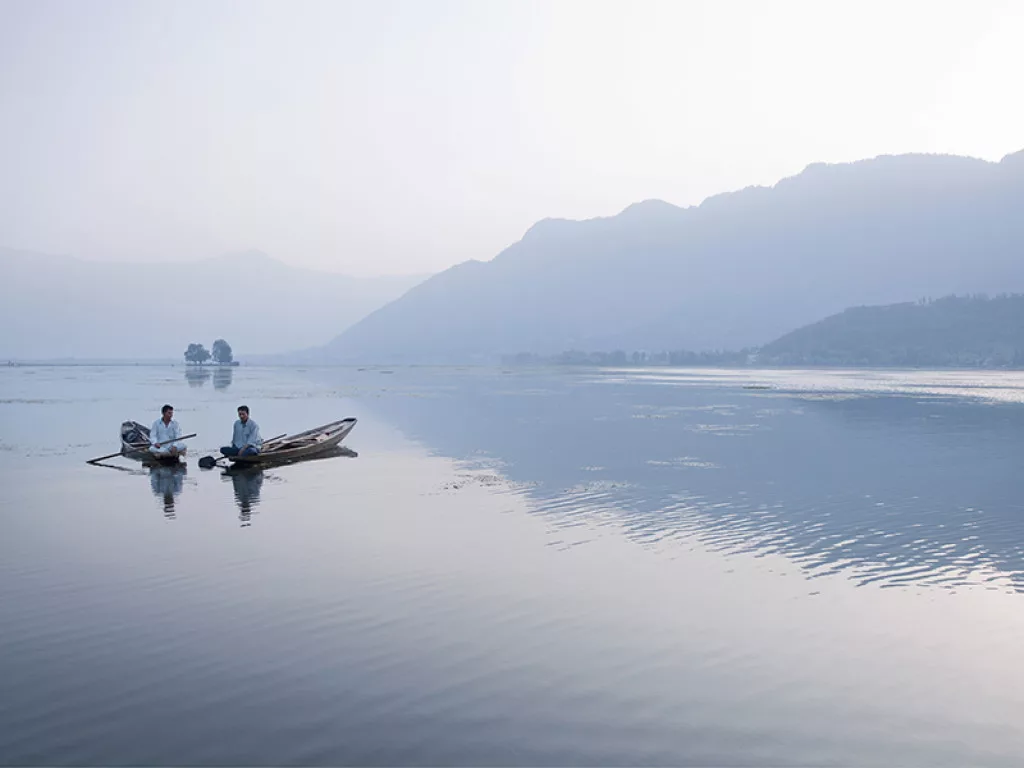
How would you describe your style of photography?
PLH: I would say that it’s heavily influenced by painting, probably more so than other photographers. It’s personal too, and I think that it always should be. There’s a very strong graphic quality to my work, with a minimal colour palette, and a sense of light. I’m obsessed with how daylight can be used and controlled to add to the emotion that you’re trying to create.
Photographers often talk about light, but I think that daylight isn’t pushed far enough in terms of how you can use it to tell stories. In the beginning I was heavily influenced by early travel posters that were painted by hand, and art movements like the Hudson River School. These were really the first travel image makers.
When I go away, I will often look at the films and paintings that have been made there, and I will take a look at the photography that’s been done, but more to identify which places to visit. I never want to mimic what’s already been done.
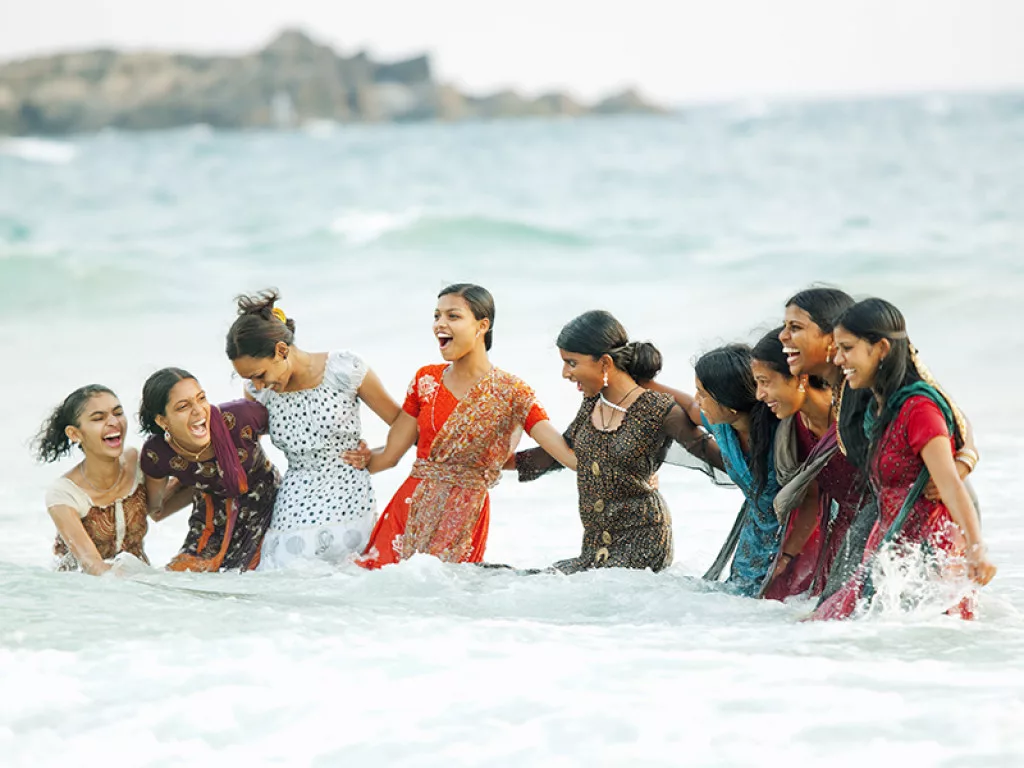
What is one of your accomplishments as a photographer that you are most proud of?
PLH: I suppose that being able to say that I’m still working in photography is a good one! It’s a hugely competitive industry, especially when related to travel. I’m proud that I’ve managed to keep on doing it and am consistently getting better. Awards are always great, but they come after the event. I’m most proud of being able to say that I am still doing this, and hopefully doing it well.
What do you find most exciting about your field of work?
PLH: The aspects that are the most exciting are also the most challenging. It’s the element of the unknown – I don’t know what’s going to happen or what the weather is going to do, or what the people will be like. All of these things make it exciting, because when you’re out there and things start coming together, there’s an adrenaline rush, especially when you’re looking through the camera and you can see the potential to capture something good. It’s an addictive feeling.
I like to create my images in-camera as much as possible. I don’t want to be excited later when I look at it on the computer, I want to be excited the same way I was as a teenager taking pictures for the first time. Of course, the challenges come when that doesn’t happen. Travel is full of logistical problems and sometimes simply getting there is the hardest thing. You have to just accept the weather and work with it as much as you can. Some things don’t always work out and the challenge is the decisions that you make on that journey – when you decide to stop and try another location or how you try to make it work.
On a commercial level, you will also always have the challenge of fulfilling a brief. A certain scene or emotion might be requested, but when you get to the actual location it might be nothing like that! You constantly have to manage what people want whilst also putting your own creative spin on top of that, so you’re not just being descriptive. I don’t want any of my pictures to be purely descriptive, I want them to have an element of surrealness, so that the viewer and their imagination makes up the final part of the picture.
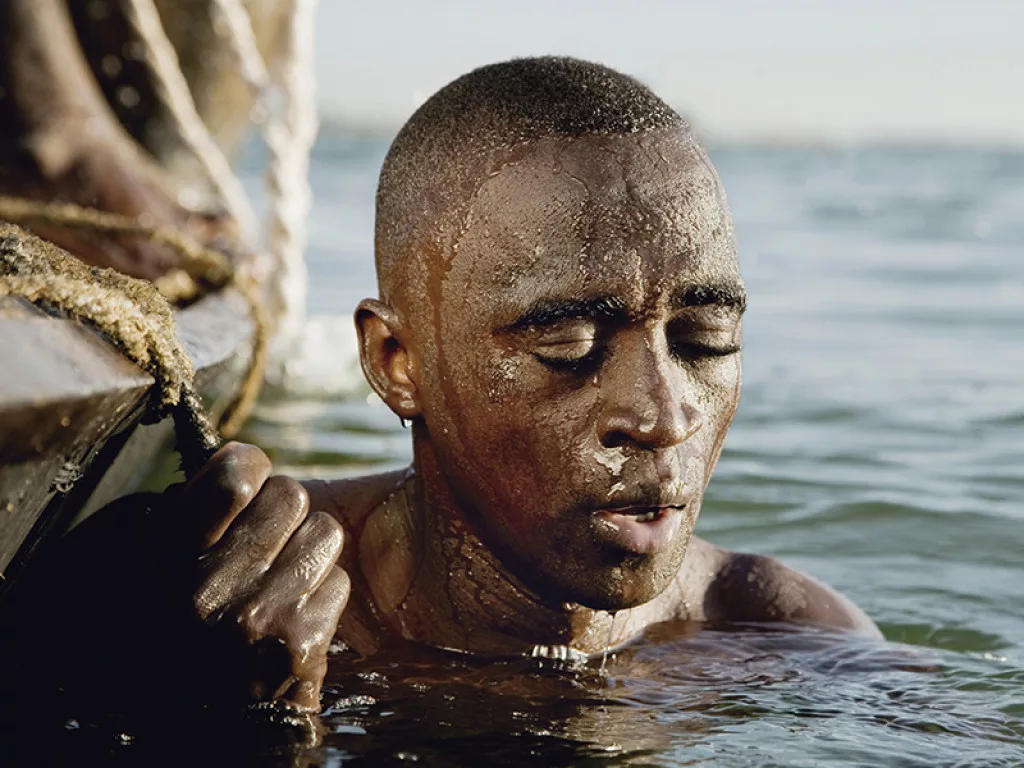
Having visited every continent on Earth, what have been some of your favourite places to capture?
PLH: The problem is that I trick myself. I’m paid to make places look interesting, but when I look at the pictures afterwards and they do all that, I convince myself that it must have been an amazing place. I remember shooting a voodoo ceremony in Haiti, and it was an extremely tough place – civil war was breaking out, everything was going wrong for us, but the pictures were so powerful, I still think I have a fond spot for Haiti!
The first time you ever go anywhere new is always exciting, as is witnessing how a destination changes when you return to it after some time. I’m very much looking forward to where I’m going next – Zimbabwe, Namibia, and Rwanda for a two-and-a-half-week shoot capturing the people, the landscapes, and of course the wildlife.
HOW I GOT THIS PHOTO
“For me it all began with one picture. What I remember most about that picture, is that I didn’t believe I took it, which is always a good sign that you’re going in the right direction.
“It shows a monk boy in India, and I still use it as a yardstick to measure the elements in a photograph that I love. I didn’t know before this picture what those elements were, that it should ask questions, and be arresting, with a minimal colour palette.
It was shot on film, and I only took four pictures. It’s an old picture but I don’t think it looks it.
“I went to the Lamayuru monastery in Ladakh for the festival of the sun. I’d been photographing there all day, then I saw this young boy and he was one of the most arresting characters I’d seen. I took him inside, away from the sun, took the four frames, then he walked off. It was only later that I realised how well it suited my aesthetic using entirely natural light.”
